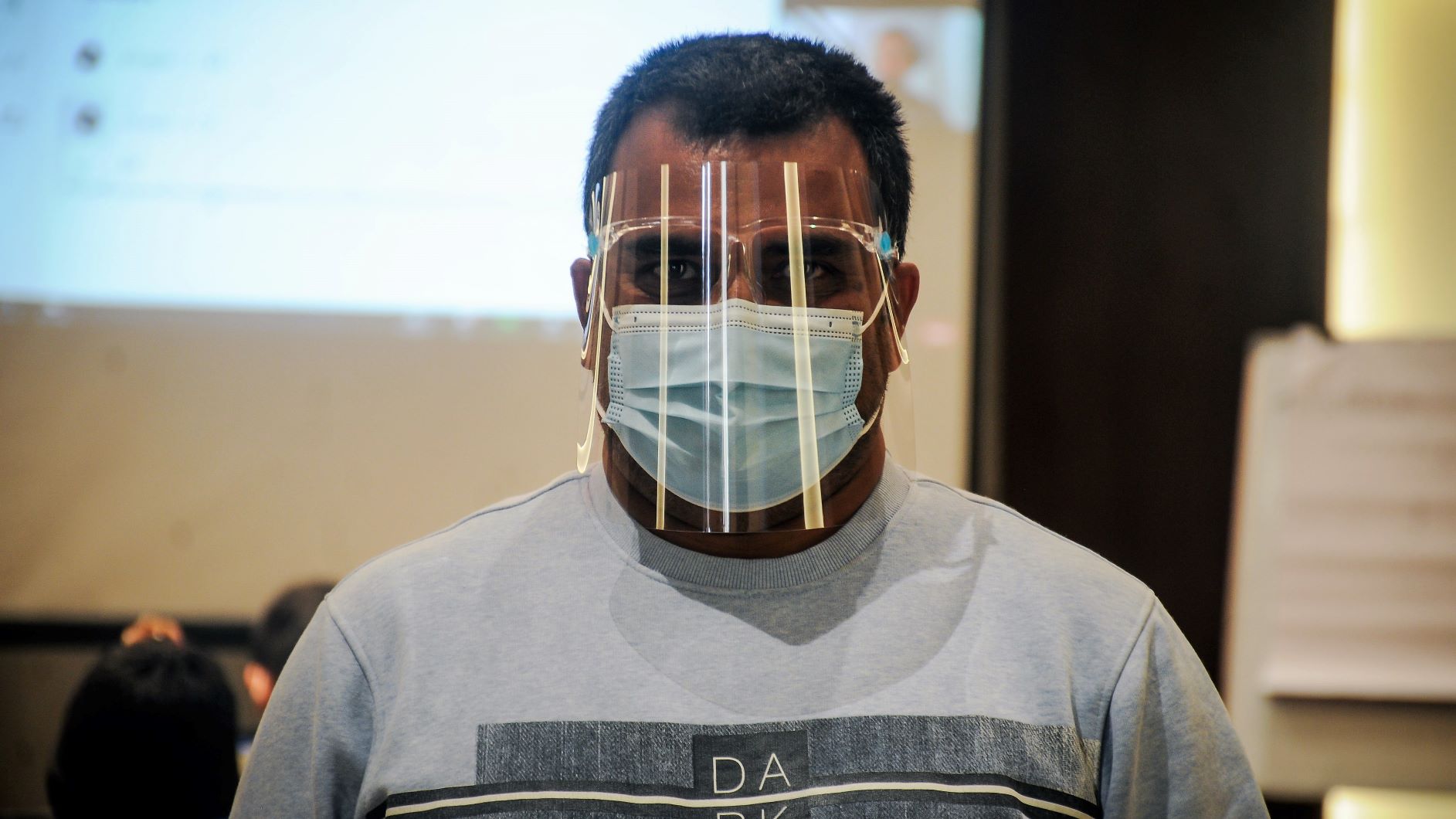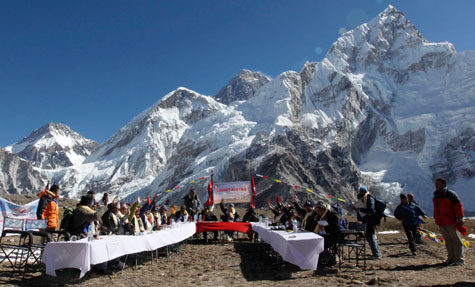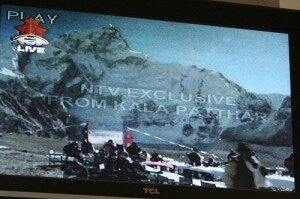 On the first week of October, I had planned a trekking trip with my wife. Since September-October was considered to be the best season to visit, we were both very excited about the trip to Poon Hill, one of the best viewing places in Nepal for sunrise and Annapurna range of Himalaya.
On the first week of October, I had planned a trekking trip with my wife. Since September-October was considered to be the best season to visit, we were both very excited about the trip to Poon Hill, one of the best viewing places in Nepal for sunrise and Annapurna range of Himalaya.
The trip was to be postponed a few times – to the frustration of both of us – because there was heavy rainfall and then there were landslides on highway.
Heavy rainfall after Hindu’s biggest festival Dashain was almost new for all of us! It should have been two months earlier during the rainy season when we had news about lack of rainfall for paddy plantation.
—
Come gather ’round people
Wherever you roam
And admit that the waters
Around you have grown
And accept it that soon
You’ll be drenched to the bone.
If your time to you
Is worth savin’
Then you better start swimmin’
Or you’ll sink like a stone
For the times they are a-changin’.
– Bob Dylan’s The Time They are a-Changin’
As the song played on my desktop, I tried to compare if his first paragraph somehow is related to the events that happened around my trip plans. Something is changing… that’s for sure. But is it time that is changing us or we changing the time?
And, as Dylan goes, should we start swimming or left our generations to sink?
—
Climate Change is a big issue – made bigger as big INGOs go crying about it and investing a lot on it. We heard of news that says scholars debating about it in some five-star facilities or that there are conventions on it going on.
Suddenly, for an ordinary man, it’s become an issue of no interest.
But then, it will be the ordinary men who would suffer first if the conditions go on worsening. But why does it seems like those millions can do nothing about it: they are neither running big factories that produces carbon dioxide, most of the time not even using vehicles that too produce it or not running factories that produces chemicals wastage.
What is there we, the ordinary people, can do?
—
Last year, I wrote Little Step for Big Leap, where I write about a tree that I had planted when I was a child:
As a child I have planted a tree and now the tree is big and green! I am happy but is it enough? Maybe not, but if we all do small things like that then we can change everything. Maybe decreasing the font size by one step so that a page in decreased while printing; or not using plastic bags when not absolutely needed can help.
From within a busy schedule we have, let’s take out a minute everyday and think about environment and how can we make it better, or at least keep it as of today’s, can change our future. Little steps for big leap
And, it continues to be my theory. If all ordinary people do at least one thing for environment – no matter how small – together it is a big leap – a leap that may save something for our future generations!
(Written in celebrations of Blog Action Day. Learn about Climate Change: Facts & Figures, 100 Effects & 10 Solutions)








